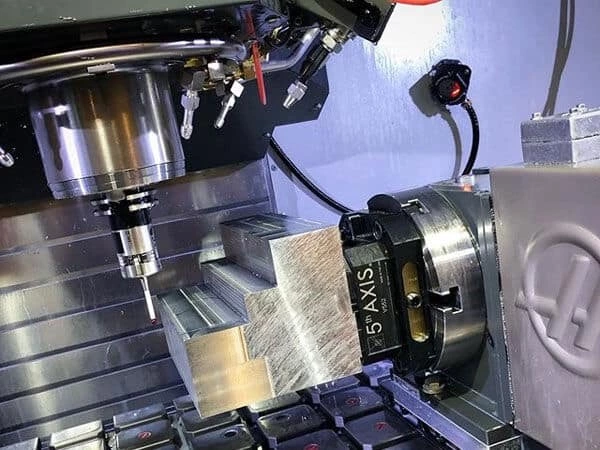Photography is a powerful tool for shaping and outlining objects, and there are several techniques and factors to consider. A collaborative research team created a dual metalens that can switch between shooting modes based on the lighting conditions.
Approximately 80% of Apple’s latest iPhone 15 pre-orders in Korea are from people in their 20s and 30s. Their keen interest in this pricey device is primarily due to the camera’s ability to deliver sharp images and specific color tints, which are hallmarks of iPhones. If it can produce high-quality images and videos without the use of multiple lenses, it may find favor with millennials and Generation Z.
A collaborative research team led by Professor Junsuk Rho from the Department of Mechanical Engineering and the Department of Chemical Engineering, Trevon Badloe from the Graduate School of Artificial Intelligence, and Yeseul Kim and Joohoon Kim, PhD candidates from the Department of Mechanical Engineering at Pohang University of Science and Technology (POSTECH), and Professor Inki Kim from the Institute of Quantum Biophysics at Sungkyunkwan University has successfully engineered a dual metalens capable of switching between different imaging modes using a single lens. The research findings have been featured in ACS Nano, an international journal specializing in the fields of nanotechnology, materials, and chemistry.
We can now swiftly capture high-resolution images in applications such as bio-imaging, encompassing cellular reactions and drug screening. I hope this innovation will find utility across various domains, including smartphones, virtual reality (VR) and augmented reality (AR) devices, and fixed LiDAR systems.
Professor Junsuk Rho
Typically, two distinct modes are used when photographing an object: the normal mode, which extracts fundamental information, and the edge mode, which focuses solely on outlining the object. Traditionally, these modes necessitate the use of separate lenses, each with a different focal point. However, in response to the recent trend in electronic device miniaturization and lightweight design, researchers have been hard at work on integrating both modes into a single lens.
The team tackled the problem in this study by using metalenses that can dynamically change their focal point via electrical means. Without regard for light properties, these metalenses are made of nanoscale artificial structures. The team successfully engineered a dual-mode imaging metalens capable of transitioning between normal and edge modes based on the direction of light polarization rotation by fine-tuning parameters such as size, shape, and rotational orientation of these structures.

This lens can swiftly modify its focus by adjusting the voltage applied to the liquid crystal (LC) layer, allowing for rapid mode-switching in mere milliseconds (a millisecond is one-thousandth of a second), matching the speed of liquid crystal switching.
The team used hydrogenated amorphous silicon as the nanostructure in this study, which is known for having minimal losses in the visible light region, resulting in remarkable lens efficiency of 32.3%, 31.7%, and 20.4% for red, green, and blue wavelengths, respectively. The team was able to capture high-resolution images by combining two distinct modes within a single lens.
The professor said, “We can now swiftly capture high-resolution images in applications such as bio-imaging, encompassing cellular reactions and drug screening.” He also expressed optimism, saying, “I hope this innovation will find utility across various domains, including smartphones, virtual reality (VR) and augmented reality (AR) devices, and fixed LiDAR systems.”
















